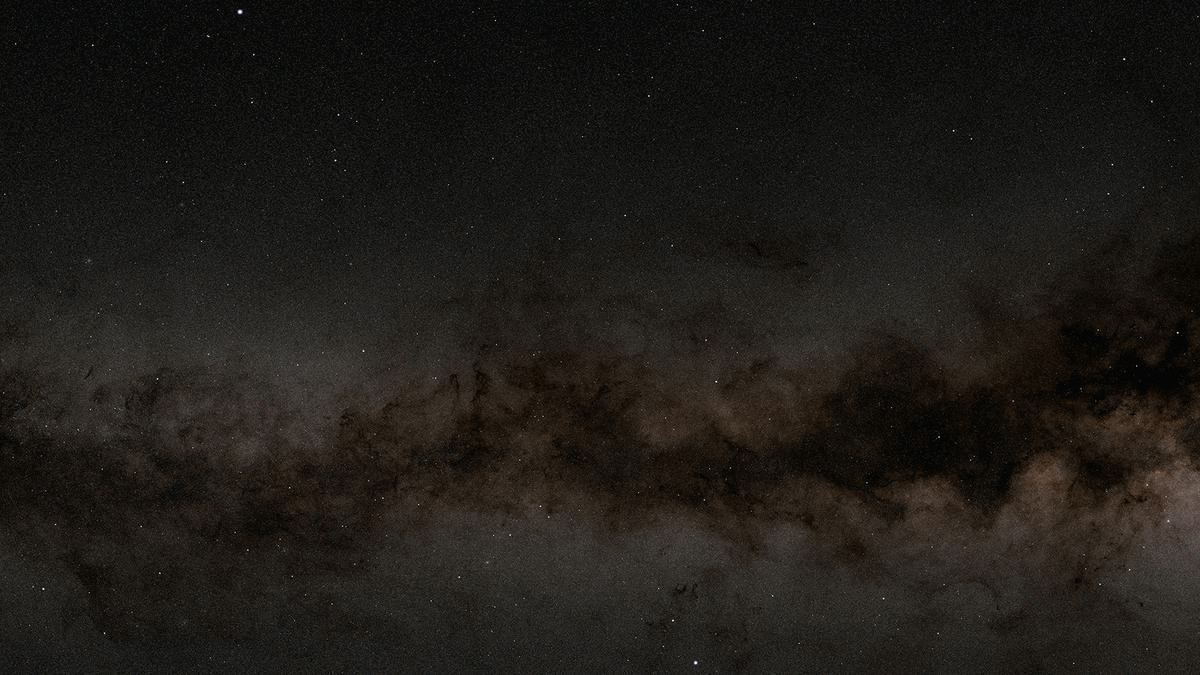Birth cry of a black hole
On Sunday, Oct. 9, 2022, a pulse of intense gamma-ray radiation swept through our solar system, saturating detectors on numerous spacecraft and sending astronomers across the world scurrying to train their fastest and most powerful telescopes on it. The new source, dubbed GRB 221009A, turned out to be the brightest gamma-ray burst (GRB) ever observed. In a new study that appears today in the Astrophysical Journal Letters, multi-wavelength observations of this extraordinary event have questioned our decades-long understanding of how these events explode into their multi-colored fireworks.
The gamma-ray emission from GRB 221009A lasted over 300 seconds. Astronomers think that such “long-duration” GRBs are the birth cry of a black hole, formed as the core of a massive star collapses under its own weight. The newborn black hole launches powerful jets of plasma at near the speed of light, which pierce through the collapsing star and shine in gamma rays. The gamma-rays from GRB 221009A were the brightest ever observed for a GRB, marking this as an exceptional new event.

PHOTO CREDIT: NASA’S GODDARD SPACE FLIGHT CENTER
GRB 221009A appeared in the constellation Sagitta, close to the dust-rich central plane of our galaxy.
With GRB 221009A being the brightest burst ever recorded, a real mystery lay in what would come after the initial burst of gamma-rays.
“As the jets slam into gas surrounding the dying star, a bright afterglow of light is produced across the entire spectrum,” said Tanmoy Laskar, assistant professor of physics and astronomy at the University of Utah, and lead author of the study. “The afterglows of GRBs fade quite rapidly, which means we had to be quick and nimble in capturing the light before it disappeared, taking its secrets with it.”
Read the story by Lisa Potter in @TheU




